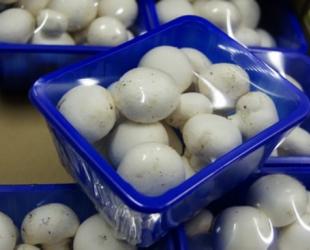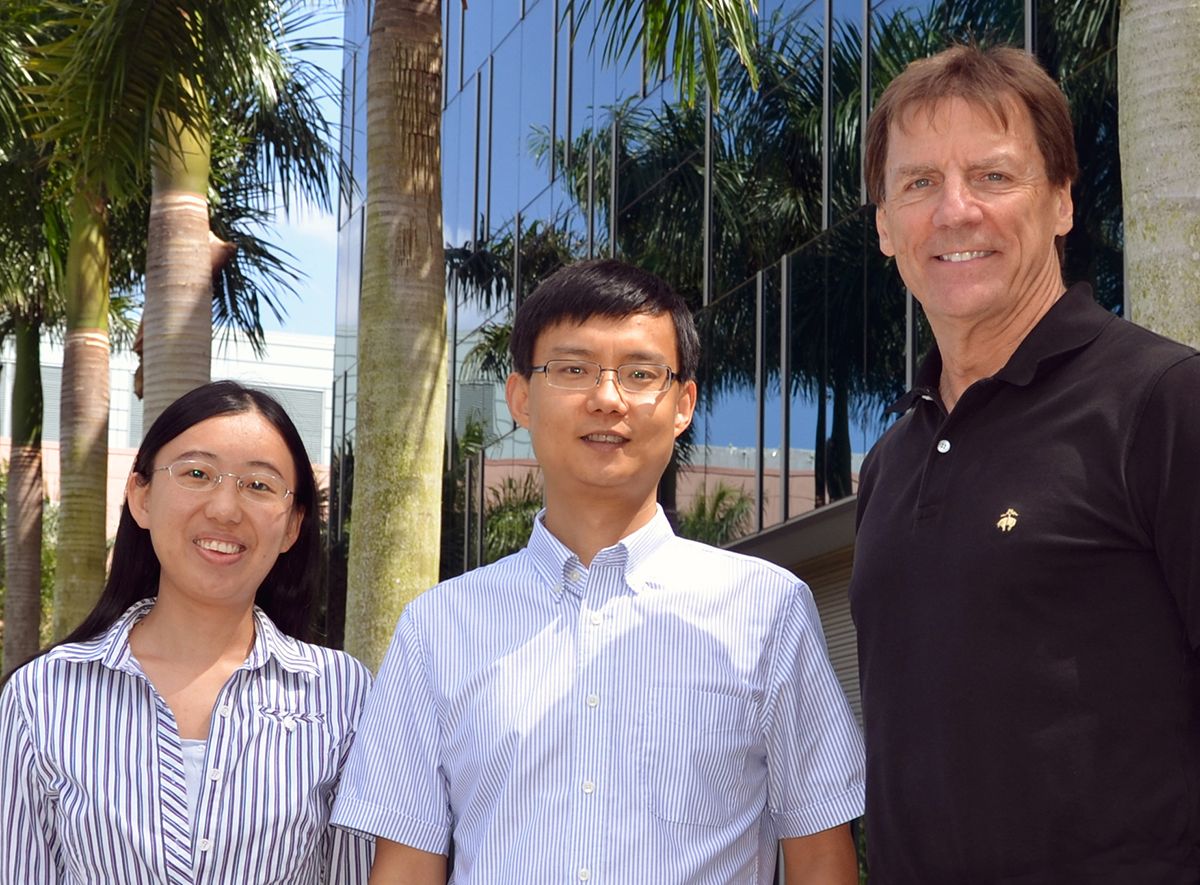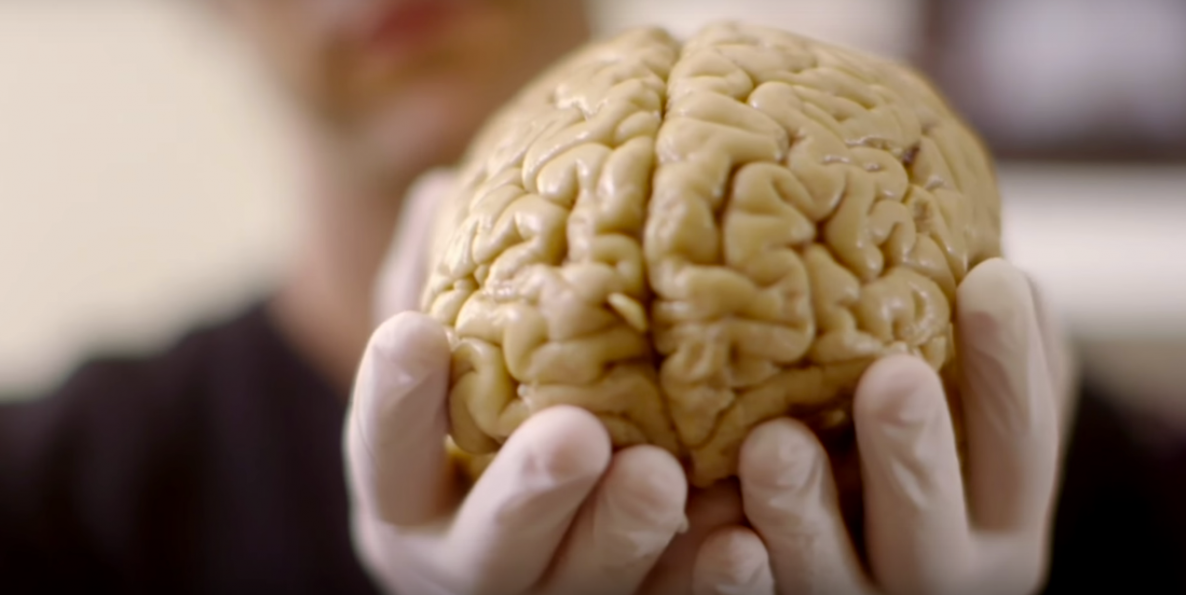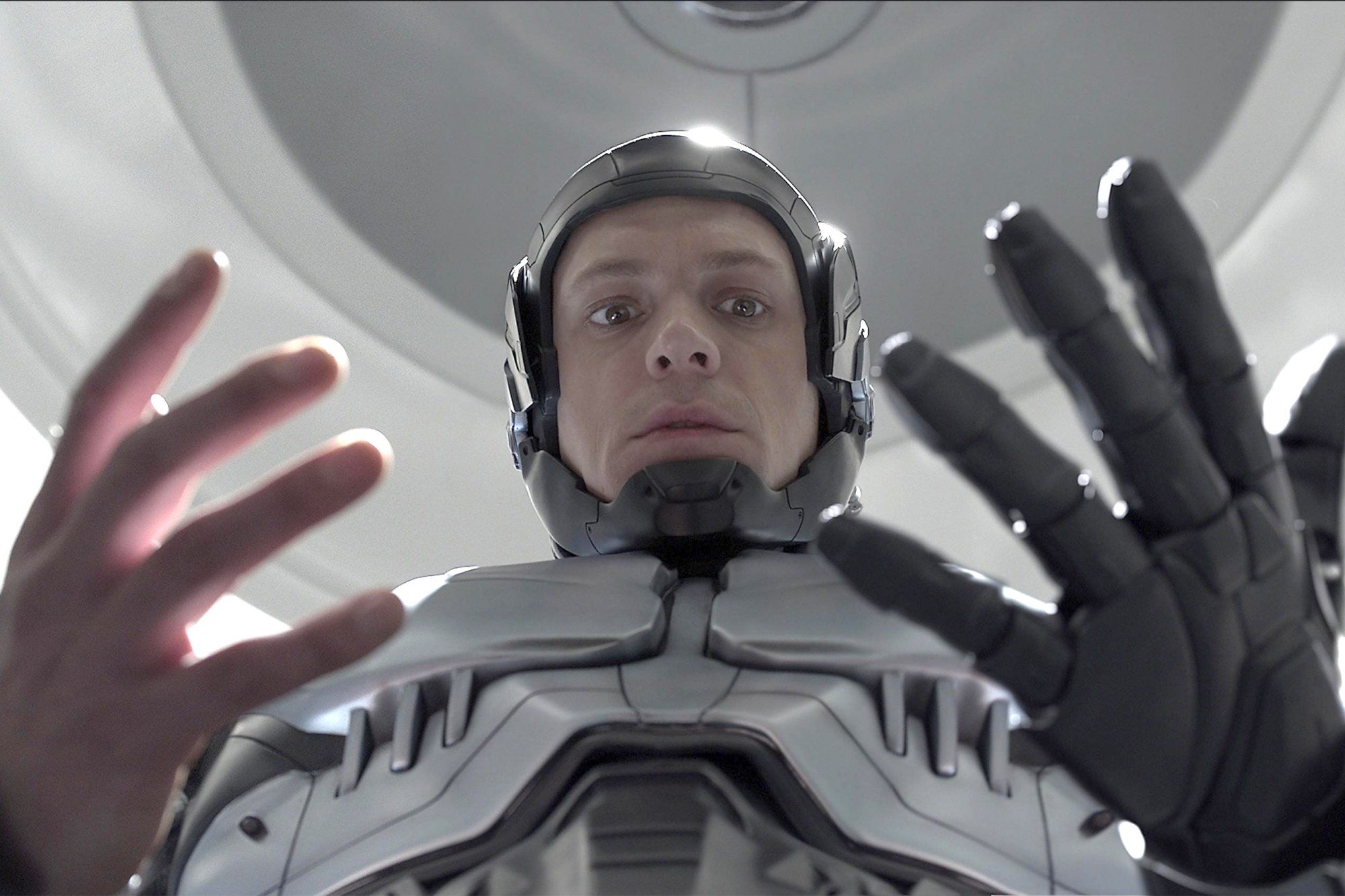Apr 16, 2016
Micro spaceships powered by lasers to search for alien life
Posted by Karen Hurst in categories: alien life, computing, internet, mobile phones, robotics/AI, space travel
Microscopic spaceships powered by Earth-based lasers are being developed to hunt for extra-terrestrial life in Alpha Centauri, the closest star system to ours.
The £70m Breakthrough Starshot concept involves creating a tiny robotic spacecraft, no larger than a mobile phone chip, which would carry cameras, thrusters, a power supply and navigation and communication equipment.
Physicist Stephen Hawking, Facebook founder Mark Zuckerberg and Russian internet billionaire Yuri Milner have all joined the project’s board giving it major backing.


















